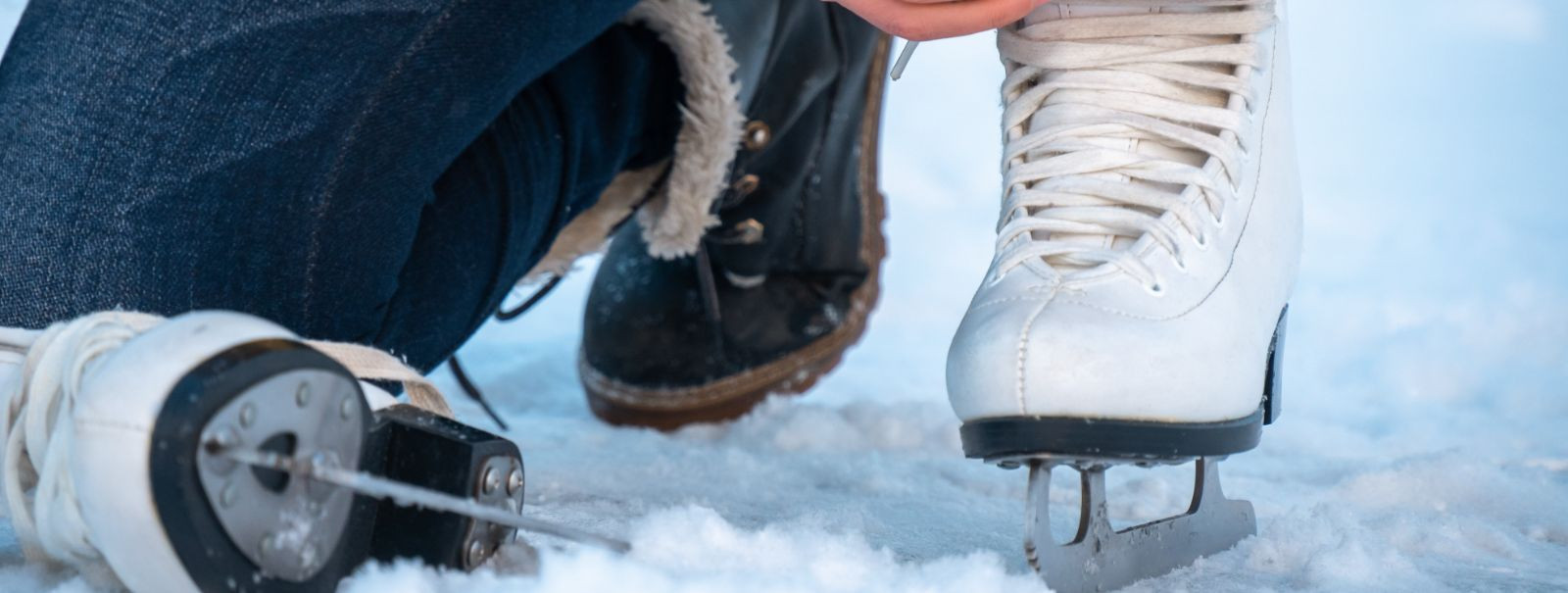The evolution of skating gear
Skating, whether on ice or pavement, has been a beloved pastime and competitive sport for centuries. The gear associated with skating has evolved significantly, reflecting changes in technology, materials, and cultural trends. This evolution has not only enhanced performance and safety but also allowed skaters to express their personal style.
Early Days of Skating Gear
The concept of roller skates dates back to the 18th century, with the first recorded invention by John Joseph Merlin in 1760. These early skates were rudimentary, featuring wooden wheels and a simple strap-on design. It wasn't until the 1860s that James Leonard Plimpton revolutionized roller skating with the introduction of the quad skate, which offered greater stability and maneuverability.
Ice skating has an even longer history, with evidence of bone skates dating back to prehistoric times. The modern ice skate, however, began to take shape in the 14th century with the use of iron blades. By the 19th century, innovations such as the addition of a toe pick and the development of steel blades allowed for more complex movements and tricks.
The Rise of Inline Skates
The 1980s marked a significant turning point in skating gear with the popularization of inline skates. Scott and Brennan Olson, founders of Rollerblade, Inc., were instrumental in this movement. Their design featured a single line of wheels, which provided a smoother ride and greater speed, appealing to both recreational skaters and athletes.
As inline skating gained popularity, manufacturers began to experiment with new materials and technologies. The introduction of polyurethane wheels improved durability and performance, while advancements in boot construction offered better support and comfort. These innovations helped inline skating become a mainstream activity and a competitive sport.
Modern Skating Gear
Today's skating gear is a testament to the advances in materials science and design. Lightweight composites and high-strength plastics have replaced traditional materials, resulting in gear that is both durable and comfortable. Aerodynamic designs and precision engineering have further enhanced performance, allowing skaters to push the limits of speed and agility.
Safety has always been a priority in the development of skating gear. Modern helmets, pads, and protective gear are designed to absorb impact and reduce the risk of injury. Innovations such as adjustable sizing and ergonomic designs ensure that safety gear fits properly and provides maximum protection.
In addition to performance and safety, style has become a key consideration for skaters. Customizable gear allows individuals to express their personality and stand out on the rink or street. From vibrant colors and patterns to personalized decals and accessories, the options for customization are virtually limitless.
The Future of Skating Gear
As environmental concerns grow, the skating industry is exploring sustainable materials and manufacturing processes. Biodegradable plastics, recycled materials, and eco-friendly production methods are becoming more prevalent, offering skaters the opportunity to reduce their environmental impact.
The integration of smart technology into skating gear is an exciting frontier. From GPS tracking and performance analytics to Bluetooth connectivity and interactive training apps, the possibilities for enhancing the skating experience through technology are endless. These innovations promise to make skating more accessible, engaging, and enjoyable for enthusiasts of all levels.






Comments (0)